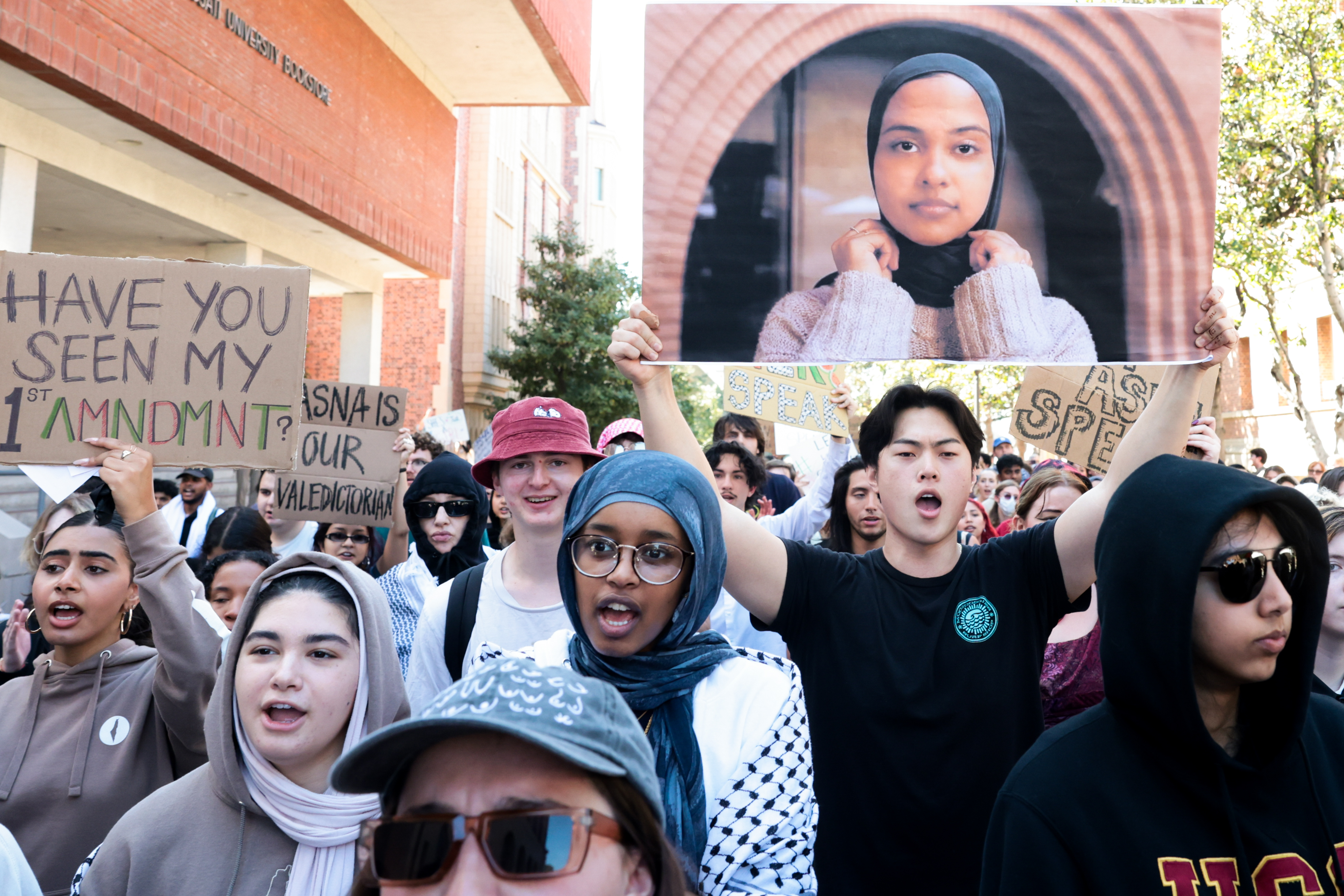The New York City medical examiner's office "intentionally destroyed" and covered up evidence that a staff member had inadvertently released the wrong body for cremation and burial last year, according to a Department of Investigation report.
According to the report, the medical examiner's office notified DOI on June 10 that the body of a woman identified by the New York Post, which first reported the corpse error, as 71-year-old Rebecca Alper, could not be found in the Manhattan morgue where her remains had been held since committing suicide in September 2013. The medical examiner's office told investigators there was no paper or electronic record of the body being released.
Two staff members, a forensic mortuary technician and a director of operations, both knew the body had been missing since March 4, 2014, but failed to tell their supervisors until May 29, the report says.
The medical examiner's office dug up 274 bodies at potter's field looking for the missing body, searched all city morgues and did a thorough assessment of internal paper and electronic documents but couldn't find the woman. The original identification card, which had been issued at the time the woman was checked into the morgue, was missing and had been replaced with a new card, complete with a newly printed barcode label, the DOI report says. Because of the apparent cover-up, both the mortuary tech and the operations director were suspended without pay for one month last summer.
Several months later, the medical examiner's office told DOI it appeared the woman's body had been accidentally released in place of another body, which the Post identified as that of Leah Lehrer, a 95-year-old New York Life financial adviser who died in January 2014.
The medical examiner's office learned of the body swap when it told the executor of Lehrer's estate that her body was ready for release, and the executor responded that Lehrer's body was released in February 2014 and had been cremated. But there was no documentation of the release of Lehrer's body and further investigation determined her remains were still in the morgue, the DOI report says.
The medical examiner exhumed the remains of the first body that was released to try to connect them to the woman the Post identified as Alper, but tests were inconclusive. Ultimately, the investigation found the wrong body was released during the day shift on Feb. 11, 2014, delivered to the crematory and cremated the following day.
U.S. & World
The conclusion hinges on circumstantial evidence since there were no records corresponding to the release of the body and no surveillance video was kept because no supervisor had been alerted to a possible issue, the DOI report says.
"DOI believes that these documents were intentionally destroyed to cover up the improper release of the wrong decedent," the DOI says in the report.
The agency said it interviewed the technicians who worked the shift during which it is believed the wrong body was released, but couldn't obtain "definitive evidence of who was responsible."
It also said the mortuary tech who had been suspended for a month denied "knowing anything about the release of the body and denied being involved in any cover-up that may have occurred." Both he and the suspended operations director gave the DOI the name of a person they believed to have written the new identification card that showed up with the new barcode label. "ME" was the only handwritten note on the card and the source of the handwriting was never verified, DOI says.
The report names no top officials within the medical examiner's office in the apparent wrongdoing the DOI uncovered, but cited "lax oversight" among the problems uncovered in its investigation. According to the Post, it did not address other misplaced bodies the paper reported.
The DOI said policies and procedures at the medical examiner's office were "made more stringent to prevent future incidents and to ensure accountability" following the lapse, including establishing a more centralized communication system, streamlining records in an electronic documentation system and hiring new quality control staff members.
The agency also recommended the medical examiner's office consider more "appropriate disciplinary action" for the mortuary tech and operations director who were suspended, citing the "substantial cost" in exhuming the nearly 300 bodies from potter's field.
NBC 4 New York has learned the two employees involved in the mix-up investigated by the DOI are no longer involved with body releases; the medical examiner's office has initiated disciplinary proceedings against them while working with relatives to deliver a quick, satisfactory resolution.
In a statement, the medical examiner's office says it embraces all the DOI recommendations and is "actively exploring how best to implement these additional changes as we continue to upgrade mortuary operations."
"Over the past year, OCME has enacted numerous reforms, including many of the recommendations made by DOI, to ensure accuracy and accountability in our mortuary operations," the statement from the medical examiner's office said. "Some of the major reforms include the establishment of an Operations Center in Manhattan with a posted Tour Commander to centralize communication; the institution of a reconciliation process conducted three times daily in every OCME office and independently overseen by Forensic Quality Specialists to ensure all cases are accounted for and are being stored in the correct location; and the creation of a timeout procedure in which Forensic Quality Specialists supervise the case check-out process."



